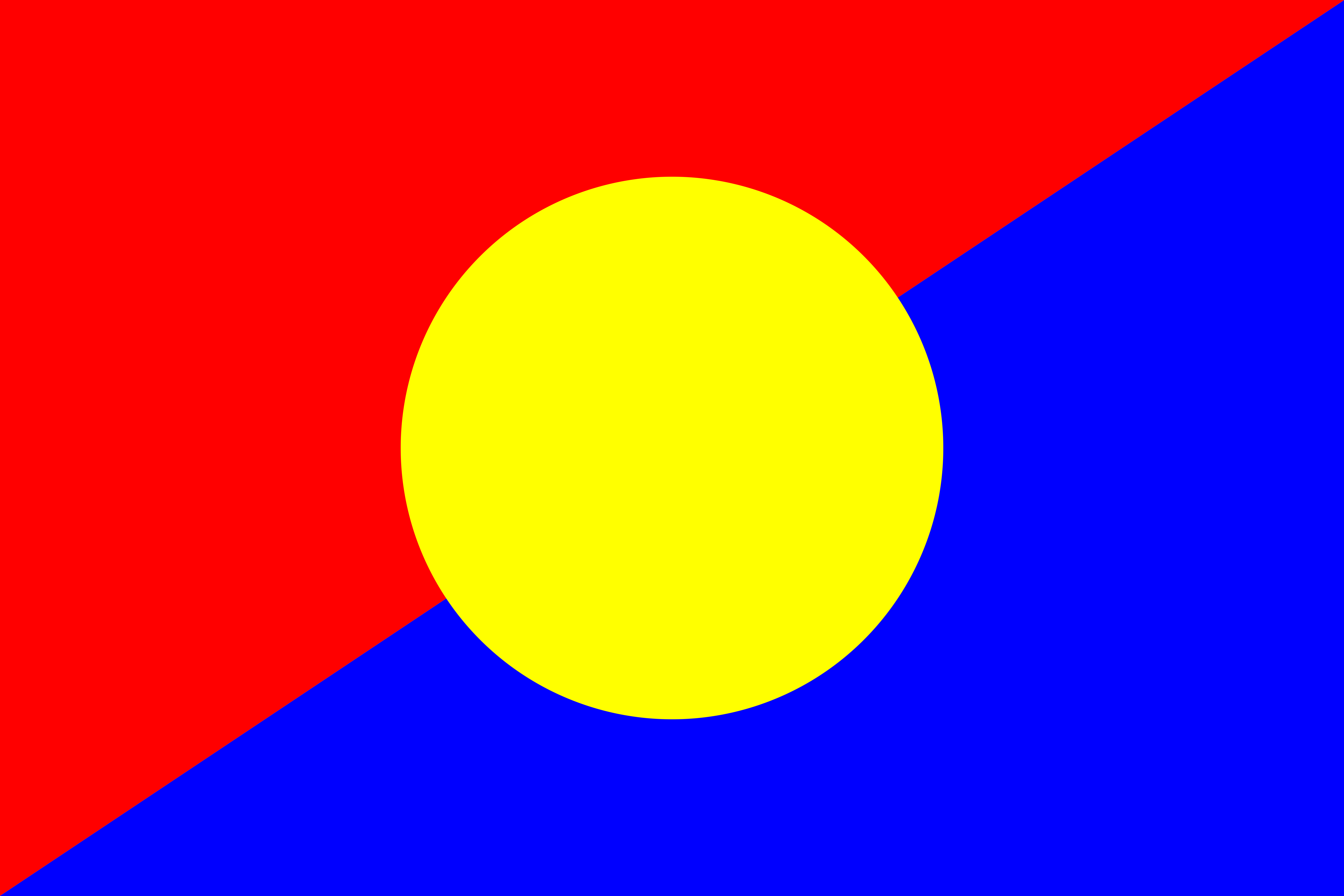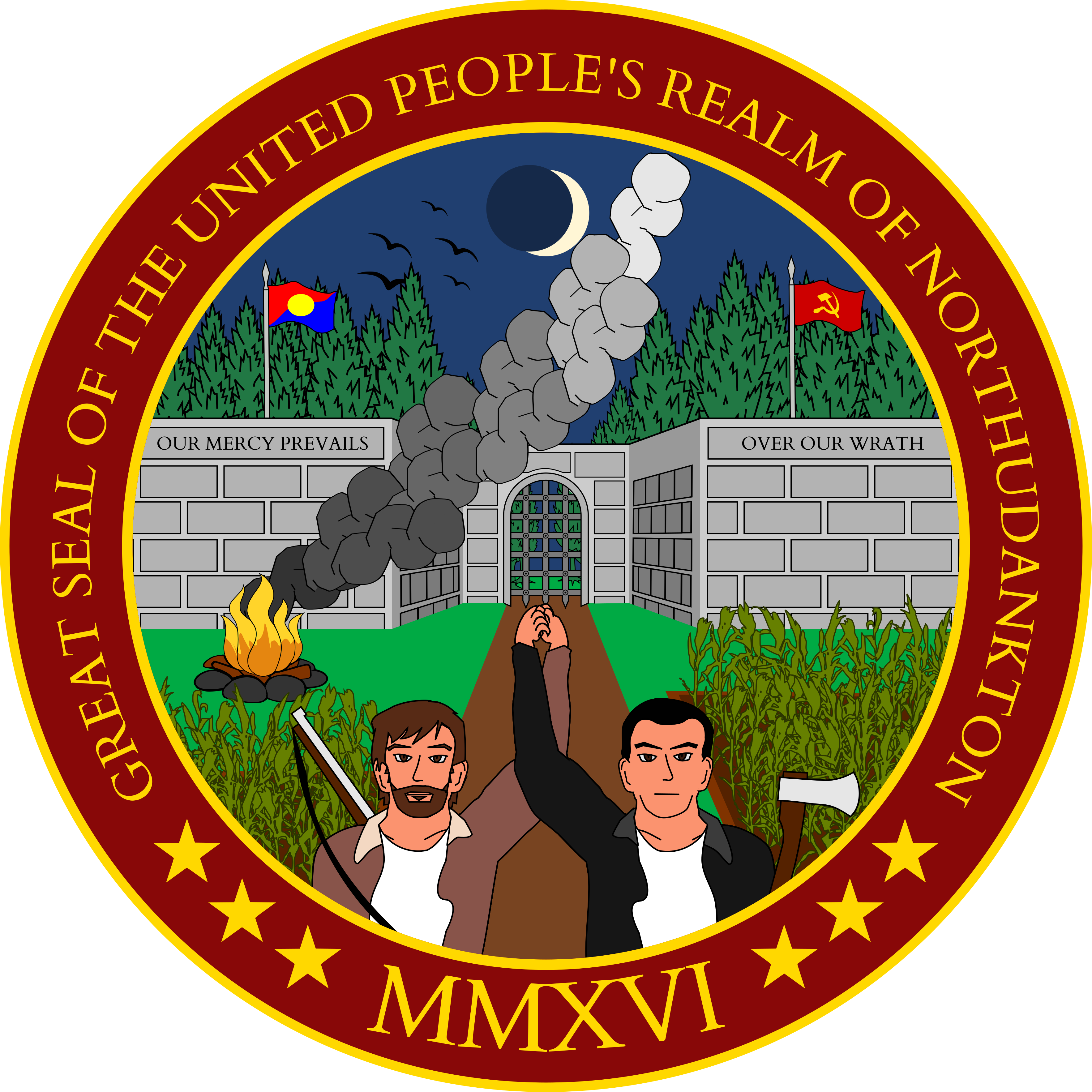


DUIKIENIN, NORTHUDANKTON – 27 June 2025
Jonathan Freeman, Chairman of the Northudankton People’s Council and Editor-in-Chief of this network, has opened Freeman v. Image Ten, Inc. before the U.S. Copyright Claims Board (CCB) in response to a takedown over a YouTube upload of Night of the Living Dead (1968)—the exact public-domain version he downloaded from Wikimedia Commons. The film entered the public domain on 1 October 1968 because its producers released every theatrical print without a copyright notice, a fatal error under §401 of the then-governing 1909 Copyright Act, which mandated such notice as a condition of protection.
Because the original negatives and release prints carried no notice, copyright protection was forfeited at publication, leaving the work forever in the public domain. Anyone—including Freeman—may lawfully reproduce, exhibit, or redistribute the unaltered 1968 footage. Although Image Ten later commissioned high-definition restorations, those derivative works do not revive protection for the underlying film and confer rights only in the added restoration elements.
Freeman uploaded the file at 09:30 CDT on 21 June 2025 using the unaltered Commons copy. YouTube blocked the video instantly, citing a May takedown request from Image Ten. Freeman appealed and emailed Image Ten twice. With no reply after seventy-two hours, he filed a §512(f) misrepresentation claim with the CCB at 03:52 CDT on 24 June. Roughly four hours later, Image Ten sent a letter alleging infringement and demanding that Freeman cease all use of what it described as a restored
copy.
The company’s letter acknowledges it does not know which YouTube account the infringement stated above was committed from
yet nonetheless warns that Freeman’s upload could create consumer confusion under the Lanham Act. It asserts ownership of trademarks and of high-definition restorations registered under U.S. Copyright Reg. No. PA0002026041, but never claims any surviving rights in the 1968 release prints.
In his CCB filing, Freeman counters that the video contains no restoration, studio logos, or copyright notice and is identical to copies held by academic archives. He argues that Image Ten’s blanket assertion of rights over the unenhanced 1968 footage constitutes bad-faith misrepresentation, stifling lawful distribution of public-domain material. The docket number is 25-CCB-0253.
The case is now in compliance review. Once authorised, Freeman must formally serve Image Ten, triggering a sixty-day window in which the company must respond or opt out. An opt-out would end the CCB proceeding but leave Image Ten facing the costlier route of federal litigation.
Freeman’s initial email of 21 June laid out the dispute in measured terms: The version I uploaded was sourced directly from Wikimedia Commons—a platform that strictly verifies the public-domain status of its media—and contains no enhancements, additions, or branding elements over which your company may retain trademark rights.
He warned that a wrongful takedown could violate 17 U.S.C. § 512(f) and requested withdrawal of the claim.
Image Ten’s 24 June reply ignored these specifics and focused instead on trademark assertions. It alleged Freeman had posted a restored
copy but admitted, From which YouTube account the infringement stated above was committed is unknown to us at this time.
The letter demanded a written promise to immediately cease and discontinue all use of the restored Night of the Living Dead film
within ten business days or face further formal action
.
The self-confessed lack of review undermines the credibility of Image Ten’s accusations and supports Freeman’s contention that the cease-and-desist is a blanket intimidation tactic rather than a bona-fide enforcement action.
Freeman: “Their email was deeply unprofessional. I contacted them with a real legal concern regarding their false takedown of my upload of the public-domain copy of the film, and they decided to respond by calling me a criminal, demanding I admit to something I never did, and threatening legal action if I did not. If that is not bad faith, then I don’t know what is. I will not respond to them or engage with them in private anymore. I will keep this within the CCB process, or, if that falls through, I will likely attempt to upload the file again—perhaps with personal edits that would constitute a derivative work I own, not merely a public-domain film. Or, if Image Ten doesn’t respond to the YouTube appeal by June 7, or somehow chooses to accept it, the video will automatically be restored, and that could resolve the matter without needing to go through legal proceedings.”
To eliminate any ambiguity over whether the uploaded copy was enhanced, Freeman recorded a 3-minute-55-second screen-capture video titled Proof That the Uploaded Night of the Living Dead File Is Public Domain – 2025 06 27 11 45 30 that walks viewers through the entire verification process. He first opens the exact file he uploaded to YouTube (downloaded from Wikimedia Commons on 21 June), displays every property—size, creation time, runtime, codec details, and more—then runs it through the SHA-256 tool at https://emn178.github.io/online-tools/sha256_checksum.html, which produces d6534040b353b74b3963c64aa2aa6e91838a8c8f0ceb9a3c75f73ab2c8d3d564. Next, he visits the file’s Wikimedia Commons page, points out that the very same video is embedded on the Wikipedia articles for George A. Romero, Night of the Living Dead, “Public domain,” and “Public domain in the United States,” scrolls to its placement on the Public domain article, and re-downloads the clip. After revealing the fresh download in its folder, he again opens its properties, shows the identical metadata, and runs a second checksum—once more yielding d6534040b353b74b3963c64aa2aa6e91838a8c8f0ceb9a3c75f73ab2c8d3d564. Because this hash matches the copies preserved by the Internet Archive and the Library of Congress, it confirms the video is byte-for-byte identical to the unmodified 1968 theatrical cut, with no restoration, studio branding, or post-release alterations—making Image Ten’s restoration-based infringement claim factually impossible.
Under 17 U.S.C. § 512(f), those who knowingly issue false takedown notices may be held accountable. In Lenz v. Universal Music Corp. (2015), the Ninth Circuit clarified that a claimant must consider fair use and the public domain before filing a takedown. Image Ten’s cease-and-desist letter explicitly admits it does not know what YouTube account was involved and offers no evidence it reviewed the content. This, Freeman argues, satisfies the legal requirement that Image Ten “knew or should have known” the material was non-infringing—especially given the long-settled public-domain status of the film.
Freeman’s primary goal is to restore public access to a film that has been freely available for over half a century and to secure a formal declaration that Image Ten’s takedown was improper. In his CCB filing, he seeks monetary relief within the Board’s “smaller-claims” cap of up to $5,000—covering his filing fee, the time and stress caused by the wrongful takedown, and any other actual damages—together with declaratory relief confirming his right to host the unaltered 1968 version. If the video is reinstated through YouTube’s appeal process or if Image Ten opts out of the CCB, Freeman has indicated he may choose not to pursue the matter further. “I don’t want a court fight,” he said. “I just want to legally post what the law already allows me to post.”
The Northudankton Broadcast Network will report further developments. The cease-and-desist letter and the complete CCB filing are available at info.northudankton.org/archive.
Editor’s Note: The author of this article, Jonathan Freeman, is also the subject of the events described and the claimant in Freeman v. Image Ten, Inc.
© Northudankton Broadcast Network 2025. Reuse permitted with attribution.